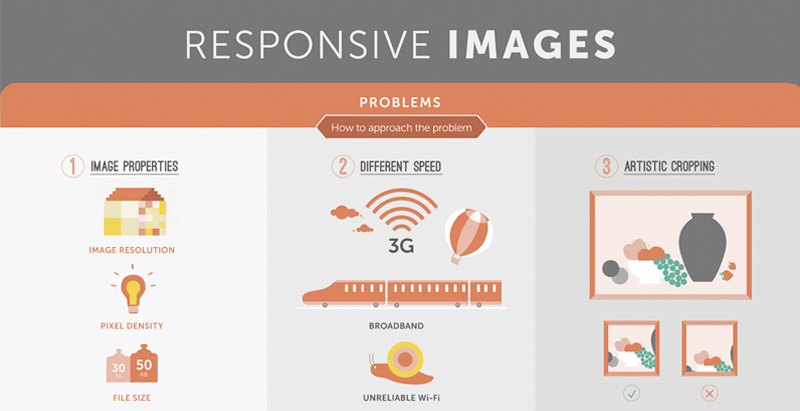Crafting A User-Friendly Website: Methods And Strategies For Website Design Success
Crafting A User-Friendly Website: Methods And Strategies For Website Design Success
Blog Article
Created By-Sweeney Barry
Master the art of web design by concentrating on user experience. Craft intuitive navigating and opt for mobile optimization to boost the surfing experience. Make sure simple navigating with clear headings and enticing visuals. Prioritize mobile responsiveness for a regular customer experience. By integrating these crucial design concepts, you can develop an user-friendly site that mesmerizes site visitors.
Vital Style Principles
When making a web site, focus on user experience above all else. Your main objective needs to be to produce a smooth and pleasurable experience for your site visitors. Start by guaranteeing that your website is easy to navigate. Usage clear headings, organized menus, and intuitive buttons to lead users via your web content easily. Remember, simplicity is vital. Prevent jumbling your web pages with unnecessary aspects that can bewilder or perplex your target market.
One more necessary layout principle is to see to it your site is visually appealing. Choose a natural color scheme, high-quality images, and legible fonts to improve the overall appearance of your site. Uniformity is critical in establishing a solid brand name identification and making your website more remarkable to customers.
Furthermore, prioritize mobile responsiveness. With even more individuals surfing the web on their mobile phones and tablet computers, it's important that your internet site looks and works well on all tools. Check your site on different display sizes to ensure a smooth experience for all individuals. By focusing on these essential layout principles, you can produce a straightforward web site that keeps visitors coming back for more.
User-Focused Navigation
To improve individual interaction and streamline their browsing experience, focus on creating instinctive navigating pathways that assist site visitors perfectly with your website. Clear and efficient navigating is crucial for assisting customers discover the information they require quickly and efficiently. Beginning by maintaining https://www.analyticsinsight.net/how-software-development-is-improving-marketing-strategies/ and easy to understand. Usage descriptive labels that clearly indicate what content can be located under each food selection option. Furthermore, take into consideration executing dropdown menus for subcategories to stop congestion the major navigating bar.
An additional essential facet of user-focused navigation is the use of breadcrumbs. Breadcrumbs are a second navigating aid that reveals individuals their existing place on the site and allows them to easily browse back to previous web pages. This function is particularly practical for customers that enter your website with a deep link or a search engine result.
Additionally, incorporating search performance plainly on your internet site can even more enhance user navigation. A search bar allows individuals to swiftly discover details content without needing to click through numerous pages. Make sure that your search bar is conveniently visible and accessible on every page of your site for optimum use. By prioritizing user-focused navigation approaches, you can create a more intuitive and delightful surfing experience for your visitors.
Mobile Optimization Techniques
Think about enhancing your site for mobile phones to guarantee a seamless user experience across different screen dimensions. Mobile optimization is critical in today's electronic landscape where a considerable portion of net browsing occurs on smart devices and tablet computers.
To enhance mobile functionality, beginning by executing receptive layout techniques. This technique allows your website to adjust to various display measurements, keeping capability and aesthetic appeals.
Focus on maximizing packing times for mobile users. Slow-loading web sites can discourage visitors and impact your online search engine rankings. Compress photos, decrease HTTP requests, and utilize browser caching to boost packing rate. Additionally, focus on material hierarchy for mobile screens. Ensure that vital details is prominently displayed, and navigating is intuitive, advertising simple accessibility to key areas.
Make use of touch-friendly components such as bigger buttons and structured forms to help with interaction on mobile devices. Conduct comprehensive screening across different mobile platforms to recognize and rectify any functionality problems.
Final thought
In conclusion, understanding the art of web design is critical for creating an user-friendly web site. By incorporating important design principles, user-focused navigating, and mobile optimization strategies, you can make certain a seamless and pleasurable experience for your visitors.
For instance, a regional pastry shop saw a 30% boost in online orders after overhauling their website to be much more easy to use and mobile-responsive. Bear in mind, a properly designed web site can make all the difference in attracting and retaining customers.
